In many cases, the symptoms of serotonin syndrome start to show soon after taking the medications that can cause this interaction. Some reports show that symptoms start as soon as one hour after taking the medications. Other times, symptoms can present over the course of a few days. To get a diagnosis, you must be assessed by a medical professional who will take note of your full medical (and medicinal) history as well as your current symptoms.
Category:
Serotonin Syndrome



























